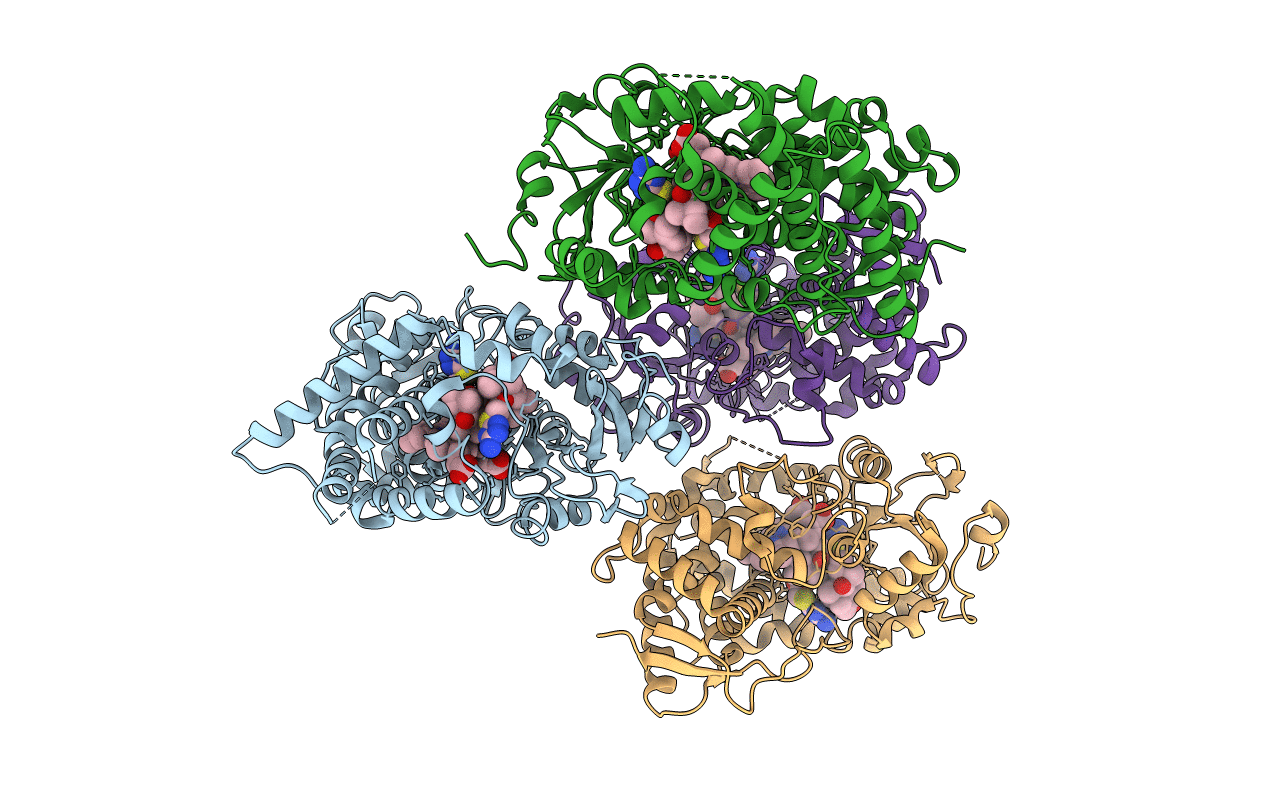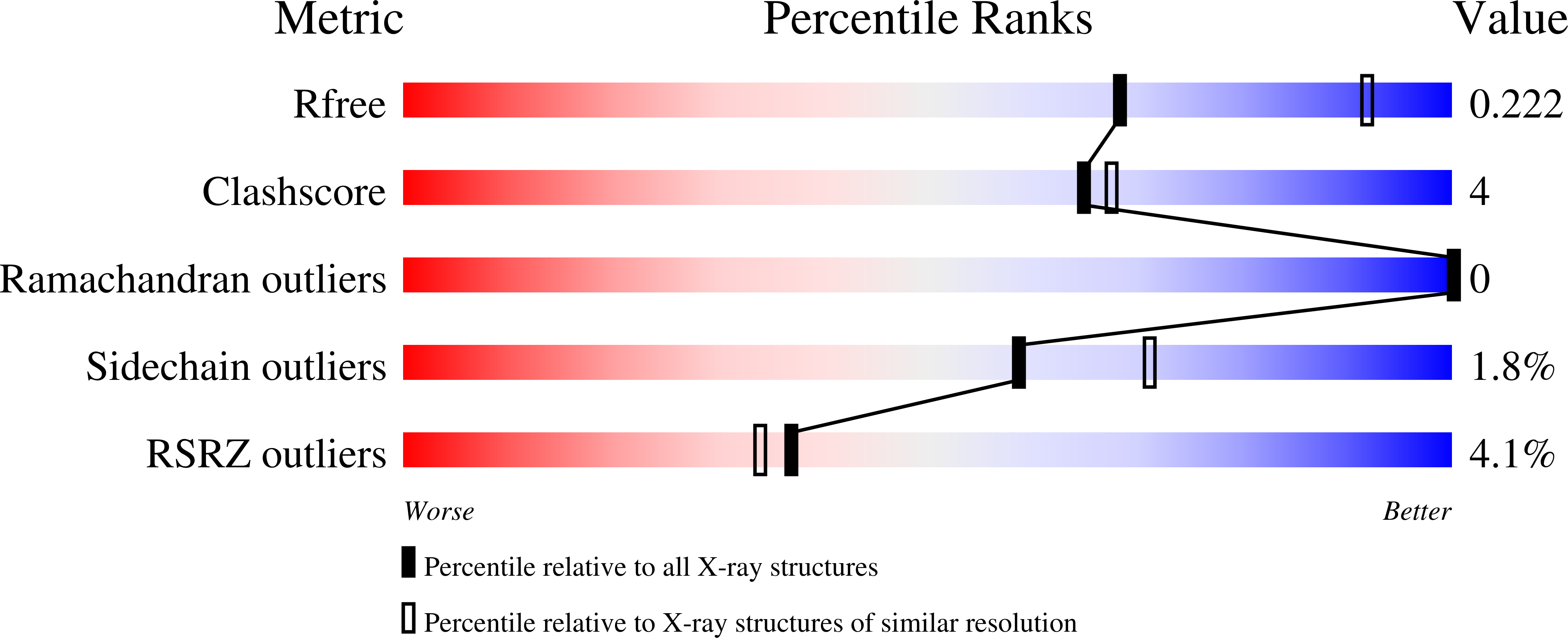
Deposition Date
2021-11-18
Release Date
2022-05-18
Last Version Date
2023-10-18
Entry Detail
PDB ID:
7SV2
Keywords:
Title:
Human Cytochrome P450 (CYP) 3A5 ternary complex with azamulin
Biological Source:
Source Organism:
Homo sapiens (Taxon ID: 9606)
Host Organism:
Method Details:
Experimental Method:
Resolution:
2.46 Å
R-Value Free:
0.22
R-Value Work:
0.18
R-Value Observed:
0.18
Space Group:
C 2 2 21


